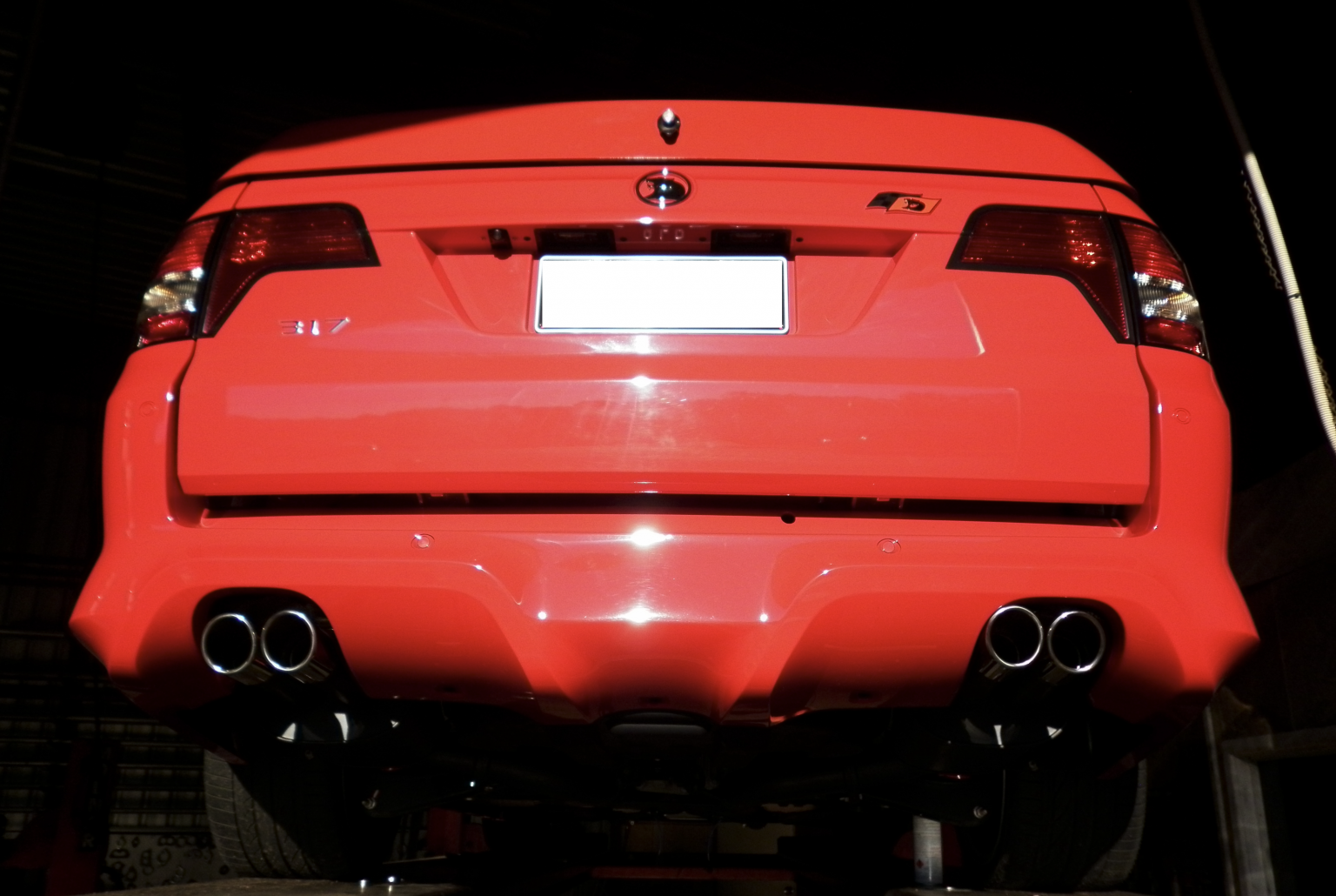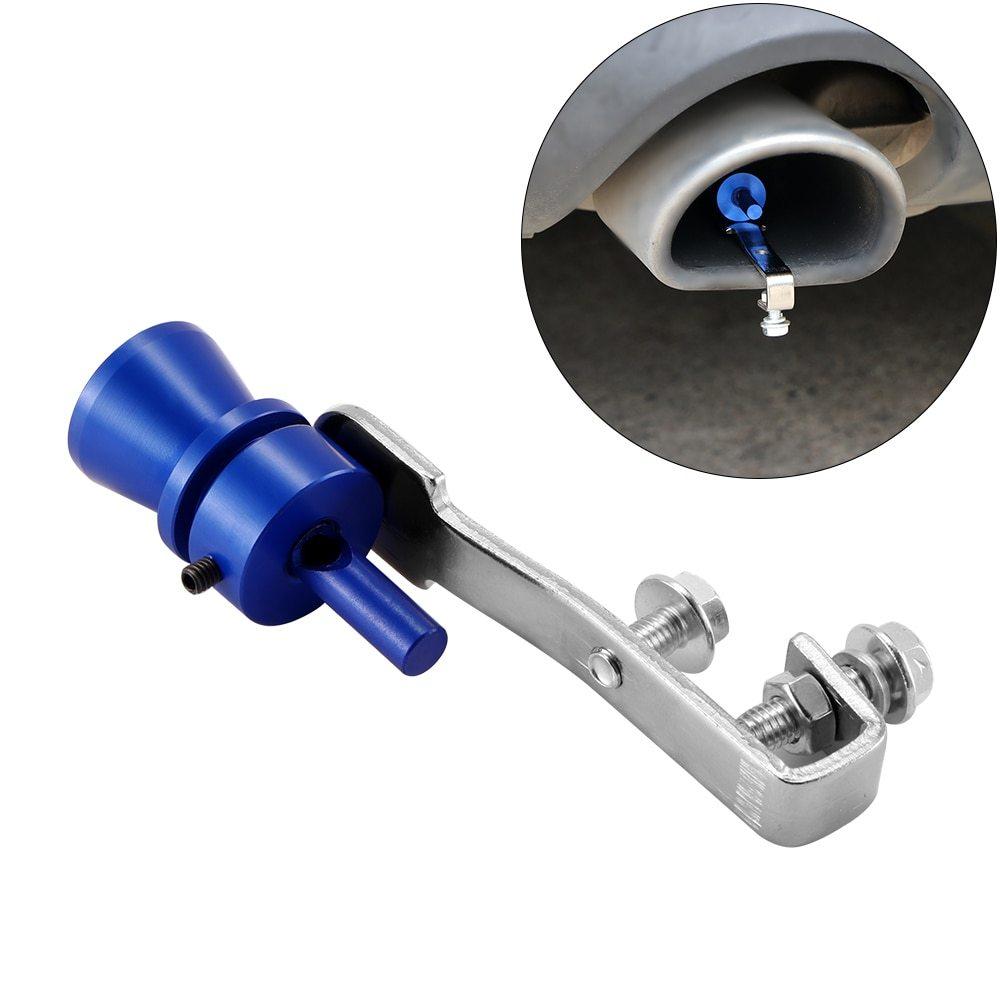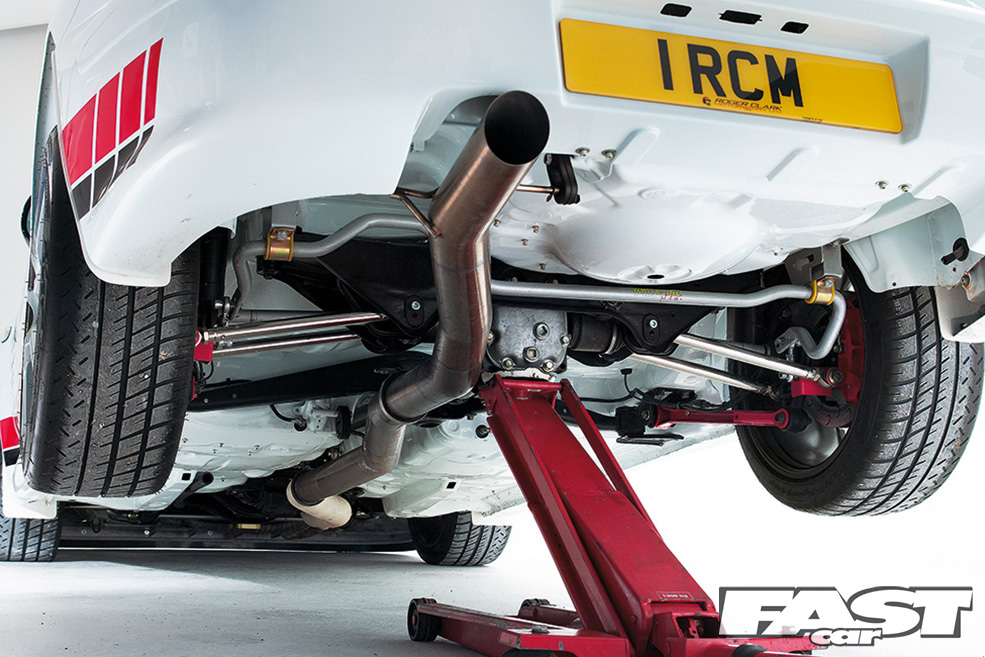When it comes to customizing your vehicle, one of the most impactful changes you can make is to the exhaust system. A low rumble exhaust not only enhances your vehicle's performance but also gives it a distinctively bold auditory signature. While some may find it enough to aim for aesthetics or power, the sound your car emits is equally important and can define your driving experience. In this guide, we will delve into what makes an exhaust system tick and how to achieve that deep, throaty growl you're after.
Understanding Exhaust Systems

Before diving into achieving that perfect low rumble, it’s essential to understand the components and functions of exhaust systems in vehicles. An exhaust system serves multiple roles, from expelling gases produced during combustion to enhancing engine performance.
Here are the main components of an exhaust system:
- Exhaust Manifold: This is the first part of the exhaust system that channels exhaust gases from the engine cylinders to the rest of the system.
- Catalytic Converter: This crucial component reduces harmful emissions and converts toxic gases into less harmful substances.
- Resonator: Positioned between the catalytic converter and muffler, the resonator fine-tunes the sound of the exhaust for a more pleasant auditory experience.
- Muffler: This is where the magic happens! The muffler reduces noise and can also affect the tone of the exhaust sound, helping to achieve that desired low rumble.
- Exhaust Tips: These are the visible ends of the exhaust system, which can be designed in various styles and finishes, further contributing to the overall aesthetics.
It’s important to note that not all exhaust systems are created equal. Each component plays a vital role in shaping both performance and sound. If you're aiming for that distinctive low rumble, consider how each of these components interacts with one another.
By understanding your exhaust system, you're in a better position to make changes that will help you achieve that powerful, resonant sound that turns heads on the road.
3. Choosing the Right Components

When it comes to achieving that coveted low rumble exhaust sound, the choice of components plays a crucial role. The right parts can transform your vehicle's sound profile from mundane to mesmerizing. So, what should you consider?
- Exhaust System Type: There are several types of exhaust systems—cat-back, axle-back, and header-back. A cat-back system is popular for deeper sounds as it replaces everything from the catalytic converter to the exhaust tip.
- Material: Materials matter! Stainless steel is durable and resists corrosion, providing a longer life and a more resonant sound. Mild steel may be cheaper but can lead to rusting and a tinny sound over time.
- Muffler Choice: The muffler is a key player. Look for mufflers designed specifically for a low-tone output. Chambered or turbo-style mufflers can help create that deep rumble you’re after.
- Pipes Diameter: The diameter of your exhaust pipes affects sound and performance. Generally, larger diameter pipes offer a deeper sound but might sacrifice backpressure unless paired correctly with other components.
- Resonators: A resonator can fine-tune your sound, filtering out some higher frequencies to make room for that rich, low rumble.
Take your time choosing the right components, and consider consulting with professionals or experienced enthusiasts to find the perfect mix for your vehicle. Happy modding!
4. Installation Process

Installing your new exhaust system can be a rewarding experience. Here’s a comprehensive guide to ensure you get it right and achieve that sweet, low rumble!
- Gather Your Tools: Before you start, make sure you have the necessary tools. Typically, you’ll need:
- Socket set
- Ratchet wrench
- Clamps
- Jack stands / ramps
- Safety goggles
- Lift Your Vehicle: For many installations, lifting your vehicle safely is essential. Ensure your car is securely raised and supported on jack stands.
- Remove the Old Exhaust: Carefully detach the old exhaust by loosening bolts and clamps. Watch for rust or corrosion, as these can make removal trickier.
- Assemble New Components: Lay out your new parts. Start fitting the components, beginning with the muffler. Follow up with the pipes, ensuring they align properly.
- Secure Everything: Once assembled, tighten the bolts and clamps while ensuring there are no leaks. Make sure everything is firmly in place for optimal performance.
- Test the Sound: The moment of truth! Start your vehicle and listen to the new sound. Enjoy that deep rumble and make any adjustments if necessary.
Installing an aftermarket exhaust system doesn’t have to be daunting. Take your
Tuning for the Perfect Sound
Tuning your vehicle's exhaust system is an essential step in achieving that low rumble sound that turns heads and makes your car stand out. It's not just about noise; it's about defining your vehicle's character. So, where do you begin?
First, consider the following elements that can influence exhaust tone:
- Exhaust Diameter: The diameter of your exhaust pipes can significantly affect sound. A larger diameter generally provides a deeper, more aggressive rumble. However, it's essential not to go too big; otherwise, you may lose back pressure, which can impact performance.
- Muffler Type: The muffler plays a crucial role in sound tuning. There are various types to choose from, including chambered mufflers, glass packs, and straight-through designs. Each type has its own unique sound characteristics, so consider your options carefully.
- Resonators: Adding or removing resonators can also impact sound quality. They help eliminate unnecessary frequencies, enhancing the overall rumble without making it too harsh.
Next, testing is key. After making modifications, take your vehicle for a spin. Listen to the sound both at idle and while accelerating. Make adjustments as needed—sometimes playing around with the tuning can take your rumble from ‘nice’ to ‘nasty’ in the best way possible!
Lastly, don’t forget that local regulations on exhaust noise vary from place to place, so ensure your beloved rumble fits within legal limits.
Maintenance Tips for Optimal Performance
Now that you've achieved that low rumble exhaust sound you crave, maintaining your exhaust system is vital for optimal performance. Like any part of your vehicle, the exhaust needs care to keep producing that distinctive tone and to function efficiently.
Here are some handy tips to ensure longevity and great sound:
- Regular Inspections: Check for any leaks, rust, or damage—especially after harsh weather. A simple inspection can save you from costly repairs down the road.
- Clean Out Residue: Over time, carbon buildup can affect performance. Use an exhaust cleaner periodically to keep your system running smoothly.
- Hang Tight: Ensure that your exhaust system is securely mounted. Loose hangers can lead to vibration and unwanted noise (not the good kind!), which can affect the overall sound quality.
- Monitor Engine Performance: If your engine isn’t running right, it may impact your exhaust sound. Keep an eye on performance and get any issues addressed soon.
- Stay Updated: If you're working with a customized exhaust setup, check for updates or care tips from your manufacturer to optimize elements specific to your sound system.
By following these maintenance tips, you ensure your vehicle not only sounds great but also performs at its best, giving you that satisfying low rumble for the long haul!
7. Legal Considerations and Safety
When it comes to customizing your vehicle's exhaust sound, there are some important legal and safety considerations to keep in mind. It's exciting to enhance your car's personality with a low rumble exhaust, but you want to ensure you're adhering to local laws and regulations while also maintaining your safety and the safety of others on the road.
First off, *noise regulations vary greatly depending on where you live. Many regions have specific laws regarding the decibel level of exhaust systems. Exceeding these limits can lead to fines, inspections, or even being pulled over. It might be worthwhile to check with your local Department of Motor Vehicles or an equivalent authority to understand the noise ordinances in your area. This step can save you a lot of hassle down the road!
In addition to noise regulations, consider emissions standards. Altering your exhaust system can impact your vehicle's emissions, which can lead to it failing inspections. Compliance with these standards is not only a legal necessity but also contributes to a cleaner environment.
Also, think about safety implications. Some exhaust modifications can impact exhaust flow or even engine performance. If your vehicle's performance changes dramatically, it may affect handling, speed, or acceleration, posing a risk. Always ensure that any modifications you make are safe for you and others on the road.
In summary, while achieving that distinctive low rumble is an admirable goal, always remember to play it safe and stay legal!
8. Conclusion
In conclusion, achieving a low rumble exhaust for your vehicle is more than just a cool modification; it’s a journey that combines creativity, technical knowledge, and a touch of legal savvy. Whether you're a car enthusiast looking to stand out or simply want to enjoy a more robust sound, upgrading your exhaust can dramatically change your driving experience.
As we've explored, it's crucial to consider the various methods available—like aftermarket mufflers, resonators, and tips—that cater to your personal style while ensuring optimal performance. Remember, it's not just about making noise; it's about the quality of sound and striking the right balance between a powerful rumble and compliance with legal standards.
Moreover, don't forget the essential legal and safety considerations we discussed. Ensuring that your modifications comply with local laws and maintain vehicle safety is vital. With the right approach and careful planning, you can have the unique exhaust sound you desire, without running into legal trouble or compromising safety.
So, roll up your sleeves, dive into the world of exhaust modifications, and get ready to enjoy the distinctive* sound of your revitalized vehicle. Here’s to creating a car that not only looks good but sounds amazing too!
 admin
admin








